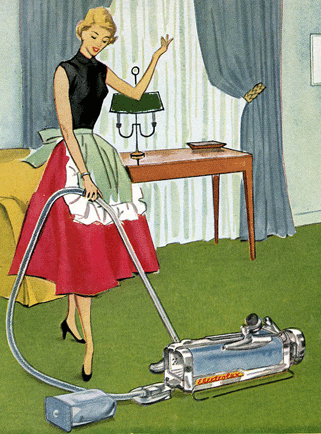|
Thread Number: 10618
Royal Vacuum Amperage - Does Higher Always Mean Louder? |
[Down to Last] |  |
Post# 114739 11/15/2010 at 23:46 (4,909 days old) by KirbyClassicIII  (Milwaukie, Oregon) (Milwaukie, Oregon) |
||

Hi,
Does anyone here remember when Royal kept upping the wattage of some of their classic upright models? As far as I know, these were the historical motor power ratings of the Royals: 350 watts = mid 1950s to 1969 400 watts = 1969 to 1975 3.0 amps = 1975 to 1982 4.0 amps = 1982 to 1985 (except commercial duty vacuums which were rated 5.0 amps) 5.4 amps = 1985 to 1987 (commercial duty vacuums rated 6.0 amps) FOR EXAMPLE: Model 880 was rated 350 watts from its 1965 inception, then changed to 400 watts by 1970; to 3.0 amps by 1976, 4.0 amps by 1982 and finally 5.4 amps from 1985 to end of production. Model 888 - the one with the removable head - had the 400-watt and 3.0 amp motors, but were there any with the 4.0 amp motor? Now to get down to the nitty gritty of this topic: does higher wattage/amperage necessarily mean a louder motor??? ~Ben | ||
| Post# 114745 , Reply# 2 11/16/2010 at 02:20 (4,909 days old) by mercuryman () | ||
|
However... On second thought, you were talking about uprights. I'm not so sure if what I said in my previous post applies to them. | ||
Post# 114792 , Reply# 6 11/16/2010 at 14:49 (4,908 days old) by KirbyClassicIII  (Milwaukie, Oregon) (Milwaukie, Oregon) |
||

I would also think the Royals became louder after they went from using 6-blade fans from the 1950s through well into the early 1990s, to the 9-bladed ones.
Now does anyone remember the Royal model 8000 and 9700 Preferred collection uprights from circa 1990, which were tagged as "MCP Special - More Cleaning Power"? I believe it was those that marked the debut of the 9-blade impeller fan. ~Ben | ||

 Comes to the Rescue!
Comes to the Rescue!